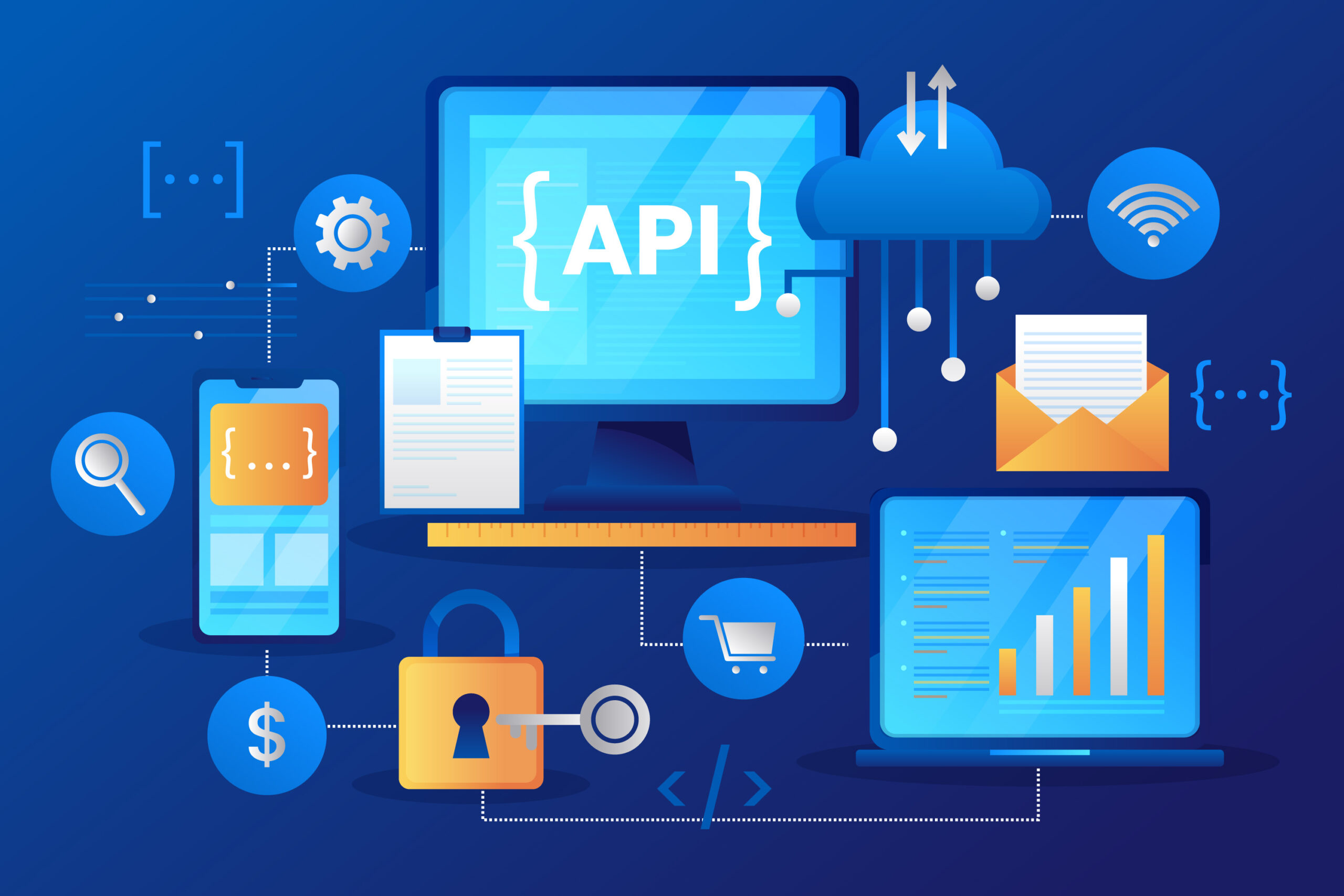
INTRODUCTION
Application Programming Interfaces (APIs) play a pivotal role in enabling seamless communication and integration between diverse systems, applications, and services. APIs serve as the building blocks of modern software development, empowering organizations to expose and consume data, functionality, and resources across various platforms and devices. However, as the number and complexity of APIs continue to grow, organizations face new challenges in managing, securing, and optimizing their API ecosystems. This is where API management comes into play. API management encompasses a set of practices, tools, and policies designed to facilitate the creation, publication, consumption, and monitoring of APIs in a scalable and reliable manner. By providing a centralized platform for managing APIs throughout their lifecycle, API management enables organizations to unlock the full potential of their APIs while mitigating risks and maximizing value.
In this article, we will delve deeper into the concept of API management, exploring its key components, benefits, challenges, and best practices. We will discuss how API management empowers organizations to enhance connectivity, improve developer experiences, ensure security and compliance, drive innovation, and unlock new revenue streams through effective API lifecycle management.
Understanding API Management: API management refers to the process of designing, publishing, documenting, securing, and monitoring APIs throughout their lifecycle. It encompasses a set of tools, processes, and best practices that enable organizations to create, manage, and govern APIs effectively. API management platforms provide capabilities such as API gateway, security, analytics, developer portal, and lifecycle management to streamline API operations and maximize their value.
Key Components of API Management:
API Gateway: The API gateway serves as a single entry point for clients to access APIs. It handles tasks such as request routing, authentication, authorization, rate limiting, and protocol translation. The gateway acts as a traffic cop, controlling and directing API requests to the appropriate backend services.
Security: API security is a critical aspect of API management. Security components include authentication mechanisms, authorization policies, encryption, and other security measures to protect APIs from unauthorized access, data breaches, and other security threats.
Developer Portal: A developer portal provides developers with access to documentation, code samples, tutorials, and other resources to facilitate API consumption. It serves as a central hub for developers to discover, explore, and consume APIs. Developer portals also often include features for API key management, registration, and community support.
Monitoring and Analytics: API management platforms offer monitoring and analytics capabilities to track API usage, performance, and health. This includes metrics such as request volume, error rates, latency, and response times, which help organizations optimize API performance and troubleshoot issues. Analytics tools also provide insights into usage trends, API popularity, and developer engagement.
Rate Limiting and Throttling: Rate limiting and throttling mechanisms help control the rate of API requests to prevent abuse, maintain system stability, and ensure fair usage of resources. These mechanisms enforce usage policies and prevent API misuse by limiting the number of requests that clients can make within a specified time period.
API Lifecycle Management: API lifecycle management involves managing APIs from design and development to retirement. It includes tasks such as versioning, testing, deployment, monitoring, and retirement of APIs, ensuring that APIs are continuously updated and optimized throughout their lifecycle. Lifecycle management tools streamline these processes, enabling organizations to manage APIs more effectively.
Gateway Caching: Gateway caching improves API performance and scalability by caching responses to frequently requested API calls. This reduces the load on backend systems and improves response times for clients. Caching mechanisms store API responses in memory or disk storage, allowing the gateway to serve subsequent requests more quickly without needing to forward them to the backend.
Policy Enforcement: API management platforms allow organizations to define and enforce policies governing API usage, security, and access control. This includes policies related to authentication, authorization, data privacy, and compliance with regulatory requirements. Policy enforcement mechanisms ensure that APIs are accessed and used in accordance with organizational policies and industry standards.
Benefits of API Management:
Enhanced Connectivity: API management enables organizations to connect disparate systems, applications, and devices, facilitating seamless data exchange and integration. By providing standardized interfaces and protocols, API management allows different systems to communicate and share data more efficiently.
Improved Developer Experience: API management platforms provide comprehensive documentation, code samples, tutorials, and other resources to facilitate API consumption. This enhances the developer experience, making it easier for developers to discover, understand, and integrate APIs into their applications. Developer portals also often include features for API key management, registration, and community support, further enhancing the developer experience.
Scalability and Reliability: API management platforms offer scalability, reliability, and performance optimization features to ensure that APIs can handle growing traffic volumes and meet performance requirements. These platforms often include features such as load balancing, caching, and rate limiting to improve API scalability and reliability.
Security and Compliance: API management platforms provide robust security features to protect APIs from unauthorized access, data breaches, and other security threats. These features include authentication mechanisms, authorization policies, encryption, and threat protection. API management platforms also help organizations ensure compliance with regulatory requirements such as GDPR, HIPAA, and PCI DSS.
Monetization Opportunities: API management enables organizations to monetize their APIs by exposing them to external developers, partners, and third-party developers through developer portals and API marketplaces. Organizations can offer APIs as paid services, subscriptions, or usage-based pricing models, creating new revenue streams and business opportunities.
Analytics and Insights: API management platforms offer monitoring and analytics capabilities to track API usage, performance, and trends. Organizations can monitor key metrics such as request volume, error rates, latency, and API usage patterns to optimize API performance, identify opportunities for improvement, and make data-driven decisions.
Faster Time to Market: By providing standardized interfaces and tools for API development, API management accelerates the delivery of APIs, reducing time-to-market for new products and services. This allows organizations to respond quickly to market demands, innovate more rapidly, and stay ahead of competitors.
Conclusion:
In conclusion, API management represents a critical component of modern digital ecosystems, offering organizations a comprehensive framework for exposing, managing, and monetizing their APIs effectively. Through a combination of standardized interfaces, security measures, developer-friendly tools, and analytics capabilities, API management empowers organizations to leverage APIs as strategic assets for driving innovation, enhancing connectivity, and creating value for customers and partners. By adopting API management best practices and investing in API management platforms, organizations can realize a wide range of benefits, including enhanced connectivity, improved developer experiences, scalability and reliability, security and compliance, monetization opportunities, analytics and insights, and faster time to market. These benefits enable organizations to respond quickly to market demands, innovate more rapidly, and stay ahead of competitors in an increasingly digital and interconnected world.

